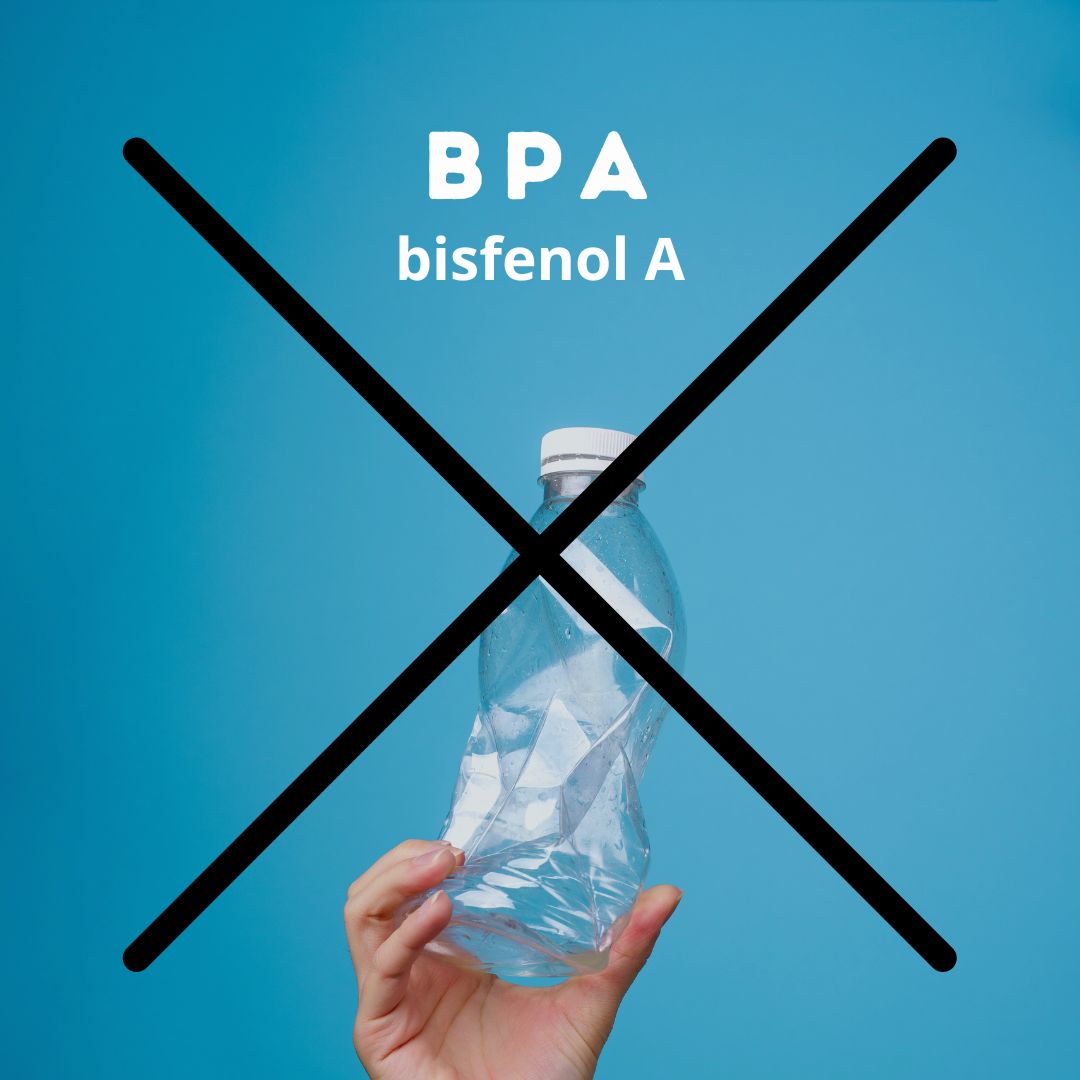
Food in plastic? NO! BPA (bisfenol A) is your poison!
The plastic monomer and plasticizer bisphenol A (BPA) is one of the highest volume chemicals produced worldwide. BPA is used in the production of polycarbonate plastics, epoxy resins used to line metal cans, and in many plastic consumer products including: cans, plastic bottles (pets), plastic food packaging, food containers, thermal paper, baby bottles, toys, water pipes, drinking containers, eyeglass lenses, sports safety equipment, dental monomers, medical equipment and tubing, and consumer electronics (1). BPA can contaminate food, beverage, air, and soil. It accumulates in several human tissues and organs and is potentially harmful to human health through different molecular mechanisms. Due to its hormone-like properties, BPA may bind to estrogen receptors, thereby affecting both body weight and tumorigenesis. BPA may also affect metabolism and cancer progression and may impair male reproductive function are involved in BPA action on fat and liver homeostasis, the cardiovascular system, and cancer. Finally, epigenetic changes, such as DNA methylation, histones modification, and changes in microRNAs expression contribute to BPA pathological effects (2).
Scientific studies (links below) indicate that contact with bisphenol A and its penetration into the body can have multiple health consequences:
- reduce the efficiency of the liver and kidneys,
- impair the functioning of the immune system,
- cause oxidative stress and chronic inflammation,
- interfere with normal gene expression,
- cause asthma in infants exposed to BPA in utero,
- cause developmental disorders and lead to brain damage in children exposed to BPA during pregnancy and in the first years after birth,
- cause miscarriage and premature birth,
- affect the occurrence of polycystic ovary syndrome and endometriosis,
- disrupt the balance of sex hormones in women and men,
Sounds bad, right?
And these are just some of the negative effects of BPA plastic in our lives. I started sharply because the topic is serious.
Therefore, to eliminate BPA from our lives, pay attention to all plastic packaging – each should have the BPA FREE or NO BPA symbol.
- avoid canned food and drinks,
- choose fresh meat and sausages instead of canned ones,
- Replace canned vegetables with those in jars,
- do not heat plastic packaging, as this increases the penetration of BPA into food,
- store food in glass or stainless steel containers (I bought glass ones at IKEA and I use SISTEMA containers – they are BPA free!)
- choose plastic bottles and packaging that are not made of BPA. On the plastic packaging there is a symbol of a triangle made of three arrows. The number that is placed inside it informs what material the packaging was made of. Avoid the number 3 (PVC or V for polyvinyl chloride) and 7 (PC or 0 for polycarbonate and others) – BPA is almost certainly used in the production of these synthetics.
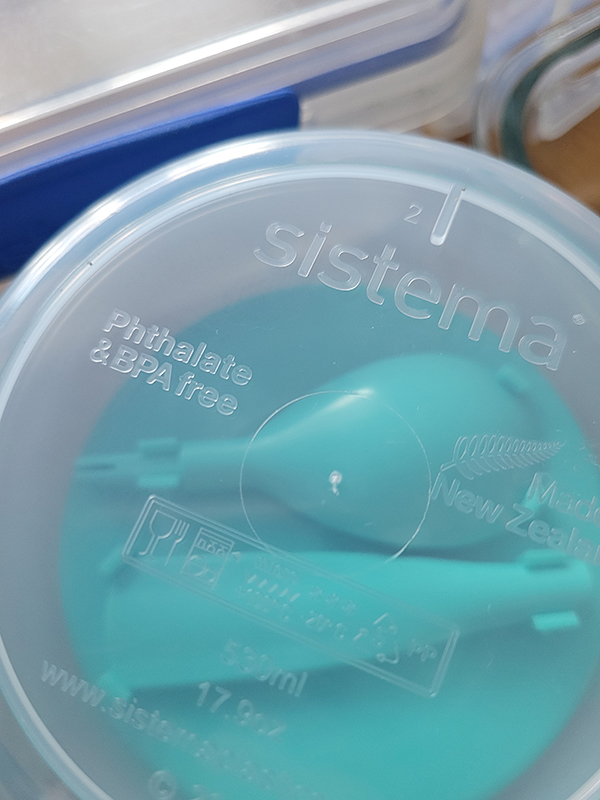
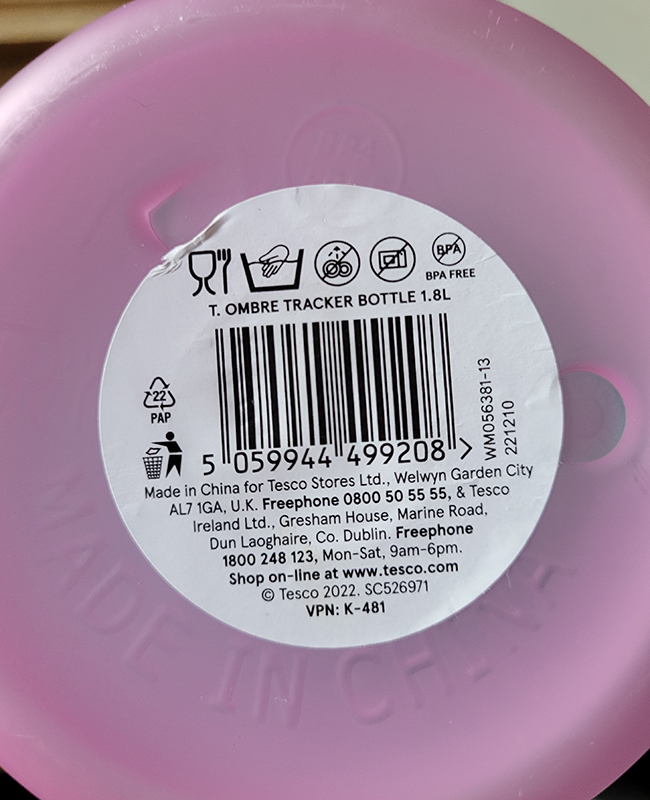
My intention was not to scare you, but to inform you, I didn’t know it myself, and I didn’t know that BPA is almost everywhere and on such a large scale.
So let’s take care of ourselves and consciously choose fresh food not packed in plastic and the right storage containers 🙂
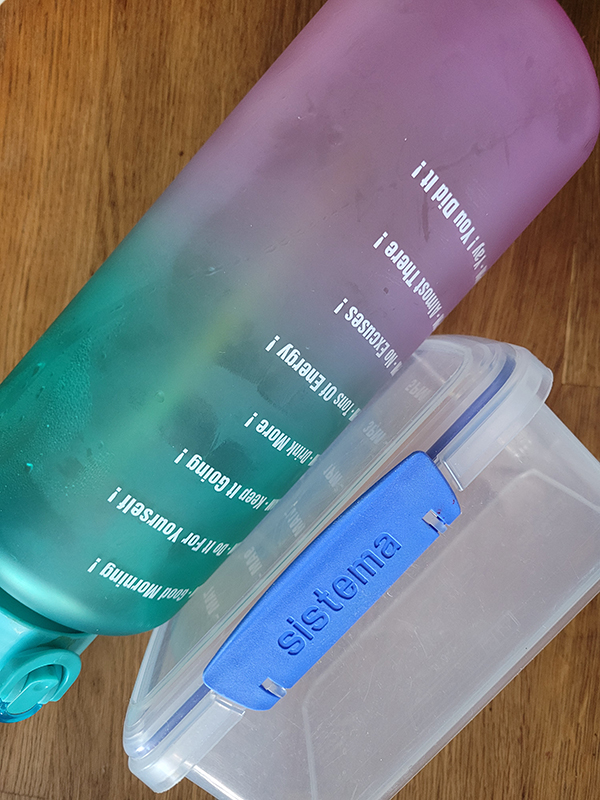
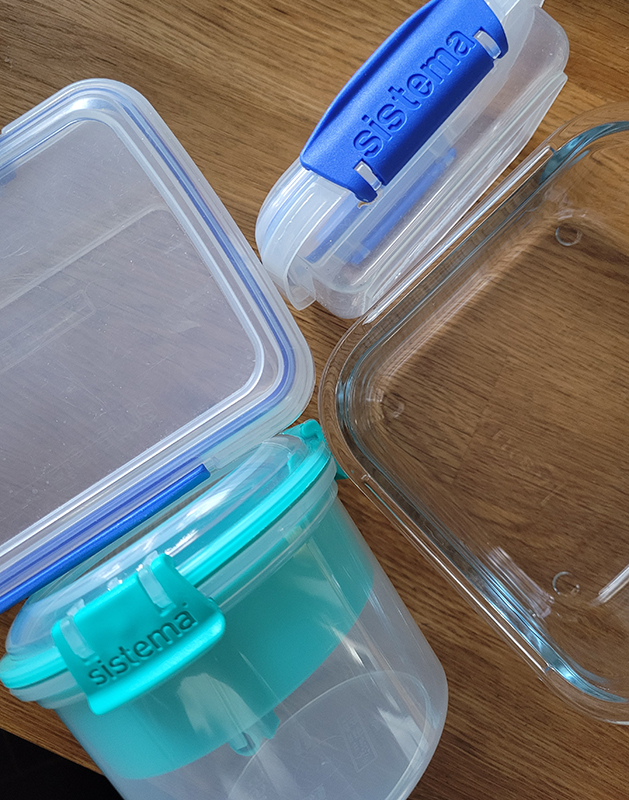
ps. this article is not sponsored.
Sources:
- https://www.sciencedirect.com/science/article/abs/pii/S0890623807002377
- https://www.mdpi.com/1422-0067/21/16/5761
- file:///C:/Users/Box/Downloads/Health_risk_of_exposure_to_bispheno.pdf
- https://www.sciencedirect.com/science/article/pii/S2214750017301208
- https://pubs.acs.org/doi/abs/10.1021/es102785d





2 Comments
amanita muscaria gummies effects
I have been browsing online more than 3 hours today, yet I never found any
interesting article like yours. It is pretty worth enough
for me. Personally, if all site owners and bloggers made good content as
you did, the web will be a lot more useful than ever before.
how long does it take shrooms to hit
Hey there, You’ve done a great job. I will certainly digg it
and personally recommend to my friends. I’m sure they’ll be
benefited from this site.